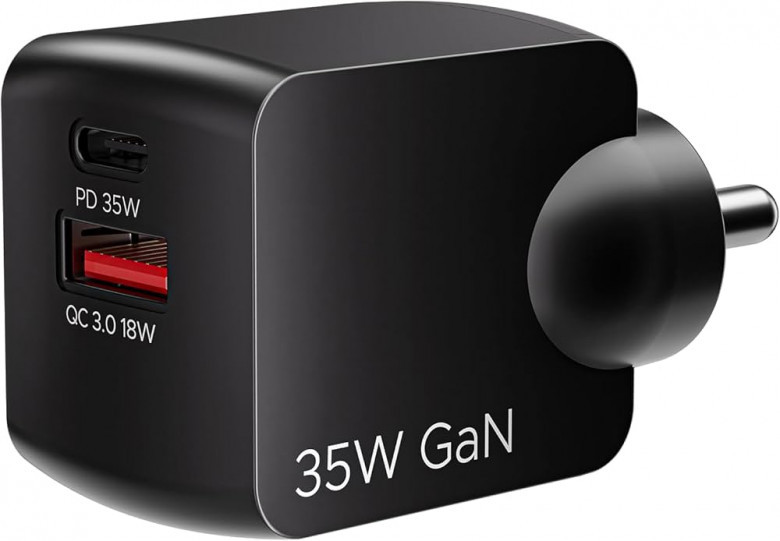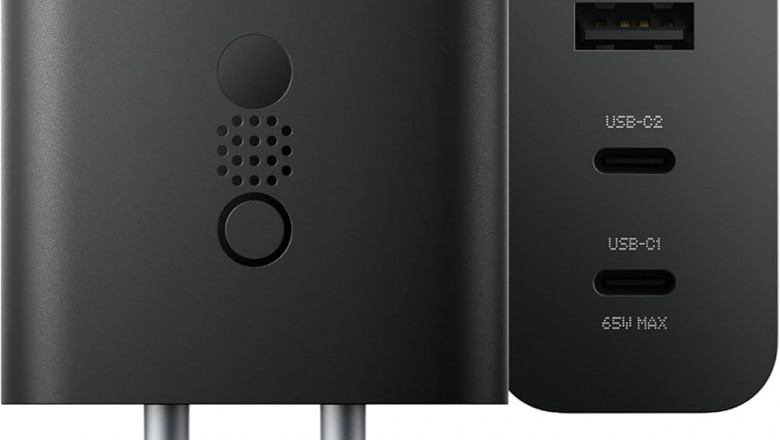
Introduction
The Mexico GaN Charger Market is experiencing rapid growth, driven by technological advancements and increasing consumer demand for efficient charging solutions. Gallium Nitride (GaN) chargers are emerging as a superior alternative to traditional silicon-based chargers, offering faster charging speeds, compact designs, and improved energy efficiency. This article explores the key differences between GaN and silicon chargers, their impact on the Mexican market, and what consumers should consider when choosing between the two.
Understanding GaN and Silicon Chargers
What is GaN Technology?
Gallium Nitride (GaN) is a wide-bandgap semiconductor material that enables faster electron movement, higher efficiency, and reduced heat generation compared to silicon. These properties make GaN an ideal choice for power electronics, including chargers. GaN chargers can handle higher voltages and frequencies, allowing for smaller, more efficient charging devices.
The Role of Silicon in Traditional Chargers
Silicon has been the standard material used in semiconductor devices for decades. While silicon-based chargers are cost-effective and widely available, they are less efficient than GaN chargers. Silicon chargers tend to be bulkier and generate more heat, leading to slower charging times and larger form factors.
The Rise of GaN Chargers in Mexico
Market Growth and Adoption
-
Economic Prosperity: Mexico's robust GDP growth and increasing consumer purchasing power are driving investments in advanced technology products, including GaN chargers .
-
Smartphone Penetration: The widespread adoption of smartphones and other portable electronic devices has heightened the demand for efficient and compact charging solutions.
-
Consumer Awareness: As consumers become more informed about the benefits of GaN technology, the preference for GaN chargers over traditional silicon-based options is increasing.
Consumer Preferences in Mexico
Mexican consumers are increasingly seeking products that offer convenience, efficiency, and value for money. GaN chargers meet these criteria by providing:
-
Faster Charging: GaN chargers can deliver higher power outputs, reducing charging times for devices.
-
Compact Design: The smaller size of GaN chargers makes them more portable and convenient for travel.
-
Energy Efficiency: GaN technology reduces energy loss during charging, contributing to lower electricity consumption.
Challenges and Considerations
Cost Factor
One of the primary challenges for GaN chargers is their higher initial cost compared to silicon chargers. While GaN chargers offer long-term benefits in terms of efficiency and durability, the upfront investment may be a consideration for budget-conscious consumers.
Market Penetration
Despite the advantages, GaN chargers are still gaining traction in the Mexican market. Consumer education and awareness are crucial to accelerate adoption and overcome skepticism regarding new technology.
The Future of GaN Chargers in Mexico
Technological Advancements
The integration of GaN technology with wireless charging solutions is a promising development. This fusion combines the efficiency and compactness of GaN chargers with the convenience of wireless charging, offering consumers a versatile charging experience.
Industry Support
Leading technology companies are investing in GaN technology, signaling a commitment to innovation and quality. This support is expected to drive further advancements and reduce costs, making GaN chargers more accessible to a broader audience.
Conclusion
As the Mexico GaN Charger Market continues to expand, consumers are presented with a choice between traditional silicon-based chargers and the more advanced GaN chargers. While GaN chargers offer superior performance in terms of size, speed, and efficiency, the higher initial cost may be a consideration for some. However, with ongoing technological advancements and increased industry support, GaN chargers are poised to become the standard in charging solutions. Mexican consumers seeking efficient, compact, and future-proof charging options should consider investing in GaN technology to meet their evolving needs.























Comments
0 comment